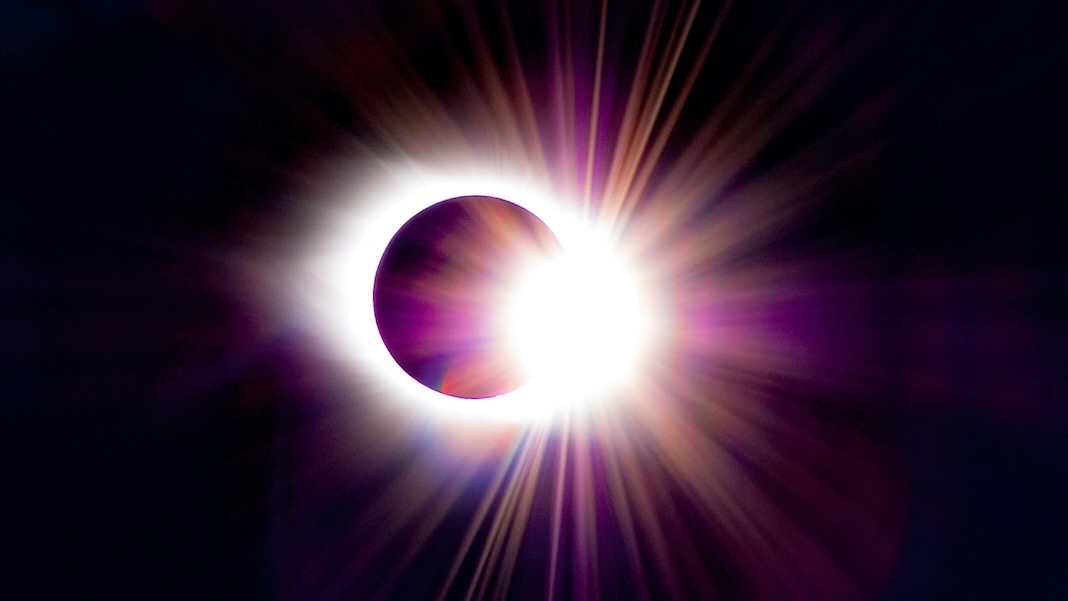The Las Vegas Sphere Makes Virtual Reality a Full-Body Experience
Steven Levy | Wired
“You know that movie Tron where someone got sucked into a video game? Being inside the Sphere was a real-life sci-fi film where 18,000 people were suddenly inside an over-the-top 1980s music video. The super high resolution display bounded over the uncanny valley, showing scenery from places both real and imagined that convincingly made it seem like the band—and audience—had been transported to bizarre locales.”
Tiny Language Models Come of Age
Ben Brubaker | Quanta
“To better understand how neural networks learn to simulate writing, researchers trained simpler versions on synthetic children’s stories. …[They] showed that language models thousands of times smaller than today’s state-of-the-art systems rapidly learned to tell consistent and grammatical stories when trained in this way.”
Google DeepMind Unites Researchers in Bid to Create an ImageInternet of Robot Actions
Brian Heater | TechCrunch
“i‘Building a dataset of diverse robot demonstrations is the key step to training a generalist model that can control many different types of robots, follow diverse instructions, perform basic reasoning about complex tasks and generalize effectively,’ said DeepMind researchers, Quan Vuong and Pannag Sanketi. They add that such a task is far too large to entrust to a single lab. The database features more than 500 skills and 150,000 tasks pulled from 22 different robot types.”
A Lab Just 3D-Printed a Neural Network of Living Brain Cells
Celia Ford | Wired
“You can 3D-print nearly anything: rockets, mouse ovaries, and for some reason, lamps made of orange peels. Now, scientists at Monash University in Melbourne, Australia, have printed living neural networks composed of rat brain cells that seem to mature and communicate like real brains do.”
Inside the Global Race to Tap Potent Offshore Wind
Peter Fairley | IEEE Spectrum
“To arrest the accelerating pace of a changing climate, the world needs a lot more clean energy to electrify heating, transportation, and industry and to displace fossil-fuel generation. Offshore wind power is already playing a key role in this transition. But the steadiest, strongest wind blows over deep water—well beyond the 60- to 70-meter limit for the fixed foundations that anchor traditional wind turbines to the ocean floor.”
Meet the Next Generation of Doctors—and Their Surgical Robots
Neha Mukherjee | Wired
“Don’t worry, your next surgeon will definitely be a human. But just as medical students are training to use a scalpel, they’re also training to use robots designed to make surgeries easier. …’Some residency programs didn’t see the benefit of teaching their surgery residents robotics,’ says [Alisa Coker, the director of robotic surgery education at Johns Hopkins]. ‘But over the last six years, residents started demanding to be taught robotics … They were asking that we prepare a curriculum to teach them.’i”
AI Firms Working on ‘Constitutions’ to Keep AI From Spewing Toxic Content
Madhumita Murgia | Financial Times (through Ars Technica)
“The goal is for AI to learn from these fundamental principles and keep itself in check, without extensive human intervention. ‘We, humanity, do not know how to understand what’s going on inside these models, and we need to solve that problem,’ said Dario Amodei, chief executive and co-founder of AI company Anthropic. Having a constitution in place makes the rules more transparent and explicit so anyone using it knows what to expect. ‘And you can argue with the model if it is not following the principles,’ he added.”
Chatbot Hallucinations Are Poisoning Web Search
Will Knight | Wired
“Untruths spouted by chatbots ended up on the web—and Microsoft’s Bing search engine served them up as facts. …The problem of search results becoming soured by AI content may get a lot worse as SEO pages, social media posts, and blog posts are increasingly made with help from AI. This may be just one example of generative AI eating itself like an algorithmic ouroboros.”
Artists Are Losing the War Against AI
Matteo Wong | The Atlantics
“OpenAI has introduced a tool for artists to keep their images from training future AI programs. …But opting out is an onerous process, and may be too complex to meaningfully implement or enforce. The ability to withdraw one’s work might also be coming too late: Current AI models have already digested a massive amount of work, and even if a piece of art is kept away from future programs, it’s possible that current models will pass the data they’ve extracted from those images on to their successors.”
Could Earth Be the Only Planet With Intelligent Life?
Ethan Seigel | Big Think
“We live in a vast observable Universe, with sextillions of stars and even larger numbers of planets, with more unobservable Universe and potentially even a multiverse beyond what we can see. While the ingredients for life and living planets are seemingly everywhere, however, we have yet to detect a single sign of life beyond Earth—even the simplest forms of life—on any world at all. Is it possible, or even likely, that despite all of the chances out there for intelligent life, planet Earth is home to the only instance of it in all of reality?”
Image Credit: Joseph Corl / Unsplash

